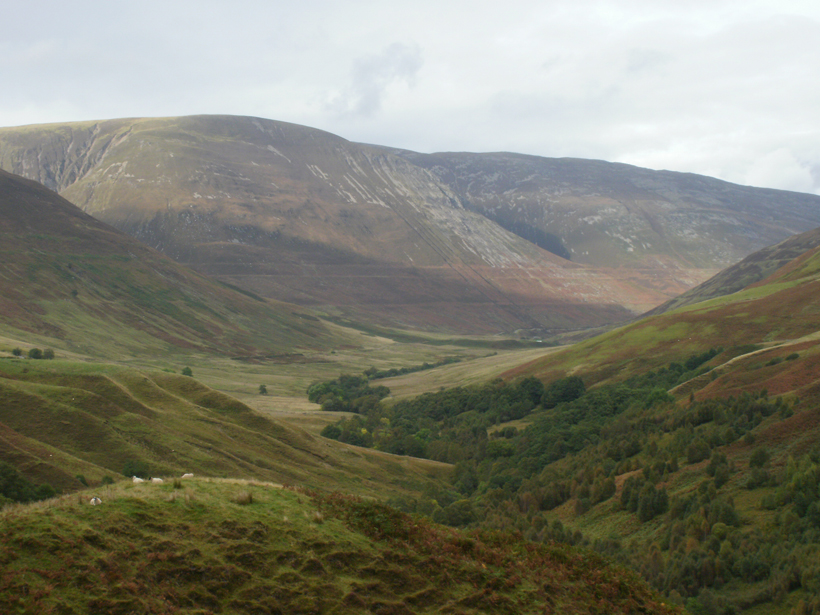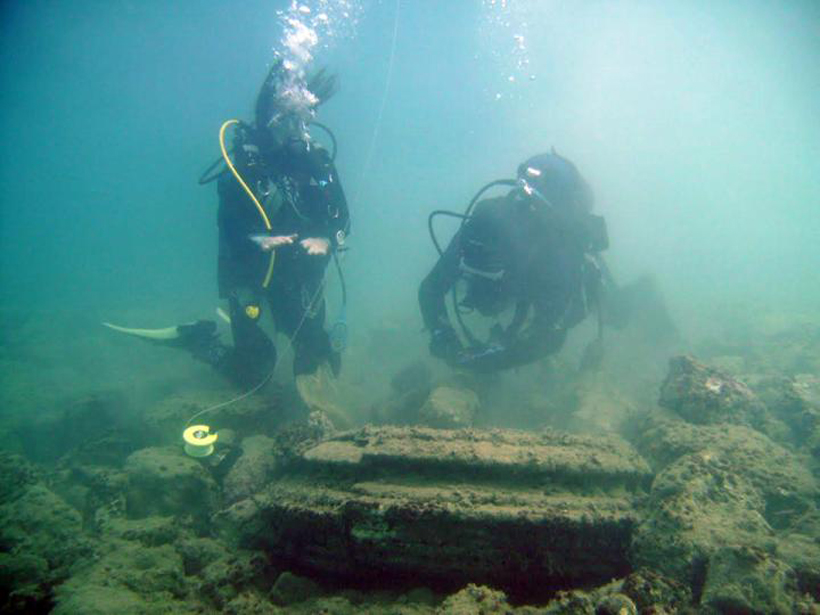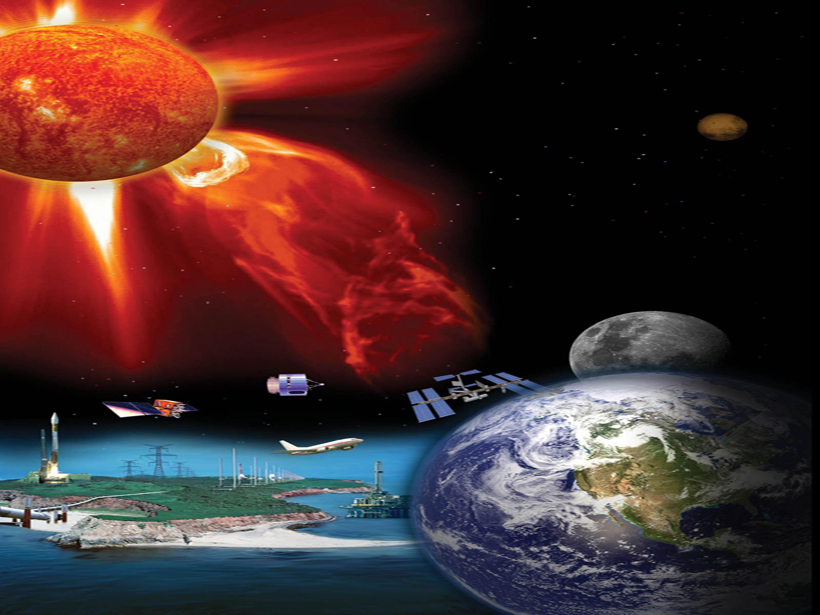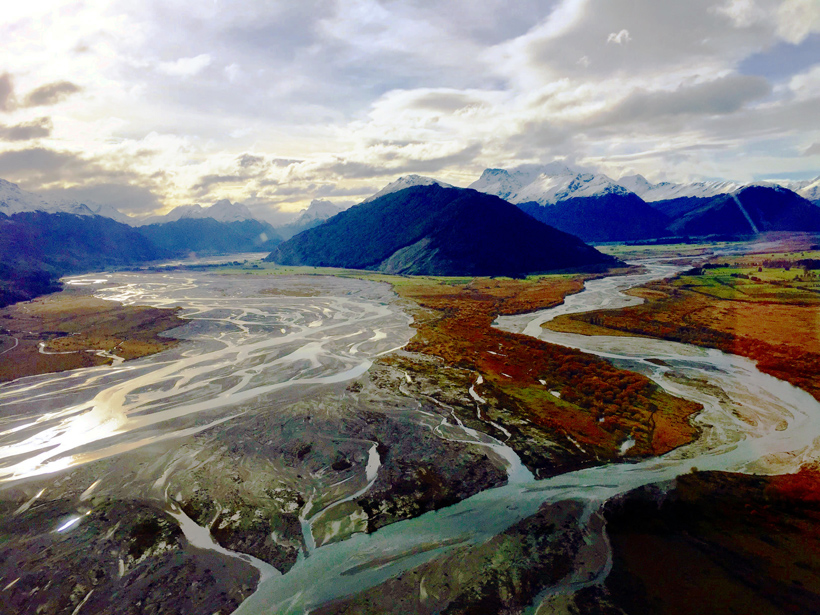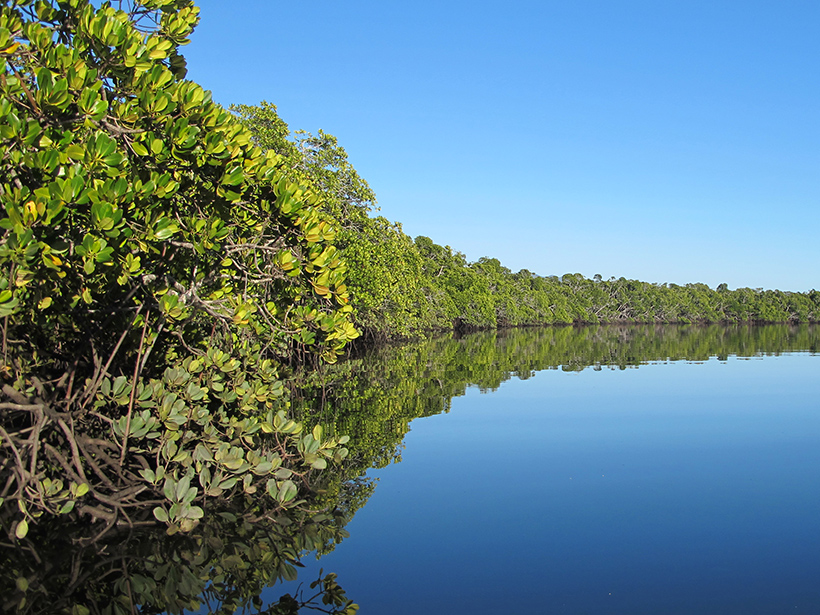Heated debates are inevitable whenever different theories compete to explain the natural world, but scientific publishing facilitates a fast resolution.
CC BY-NC-ND 2016
"Sunken City" Was Really Made by Microbes
What scientists thought was a sunken Greek city turns out to be the fossils of an ancient hydrocarbon seep from several million years ago.
Space Weather Research and Forecasting Act Introduced to Senate
This bill is a welcome and proactive effort to align all federal agencies to act in the nation's best interest when it comes to forecasting and responding to extreme space weather events.
The Mathematics of Braided Rivers
River researchers find a mathematical relationship that predicts the average shape of a riverbed over a defined distance, opening the door to new ideas about modeling braided rivers.
Can Mangroves Buffer Ocean Acidification?
New research evaluates the ability of coastal foliage to influence the ocean's pH.
The 2015 Indonesian Fires: Less Carbon Release Than Was Thought
Preliminary results from field measurements of smoldering Kalimantan peatlands suggest that the fires emitted 8% less carbon dioxide and 55% less methane than were previously estimated from lab tests.
Pinatubo 25 Years Later: Eight Ways the Eruption Broke Ground
From the first rapid assessment of a volcano's history to insights on geoengineering, the 15 June 1991 eruption of Mount Pinatubo changed the way we approach and learn from volcanic hazards.
Curiosity Sends Curious Water Data from Mars
The rover's neutron spectroscopy instrument hints at an unexpected trend: The upper soil levels in the layers of Gale Crater's Kimberley formation seem to hold more water-associated hydrogen.
Interior Approves Wind Farm Leasing Offshore from New York City
The proposed wind farm, which commercial fishermen oppose, could produce at least 70 megawatts of energy annually, enough to power a quarter of a million homes.
Advancing Science Through the Renovation of AGU's Headquarters
Earth and space science society aims to showcase science, promote collaboration, and push the limits of sustainable practice through renovation of its headquarters.

